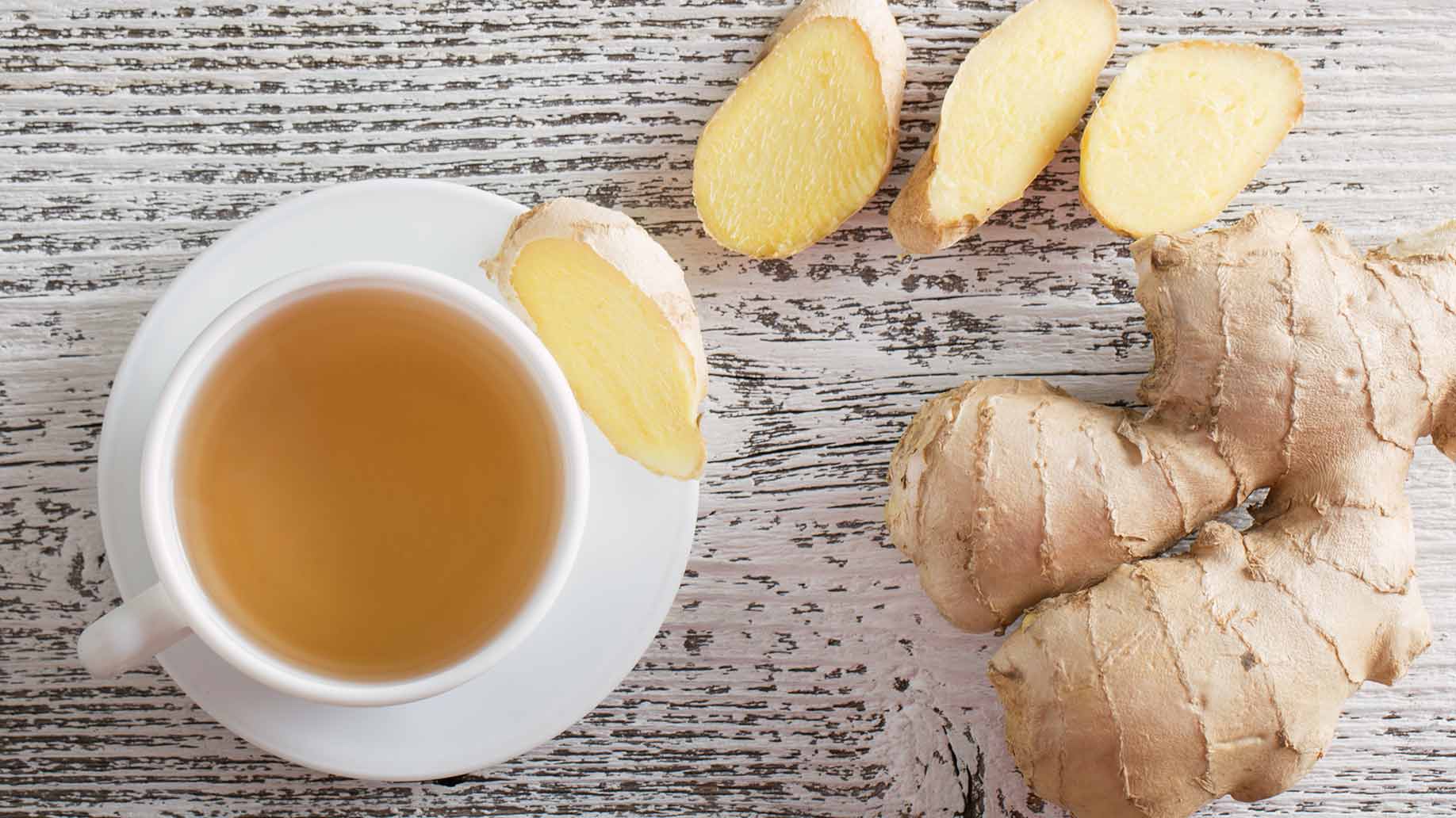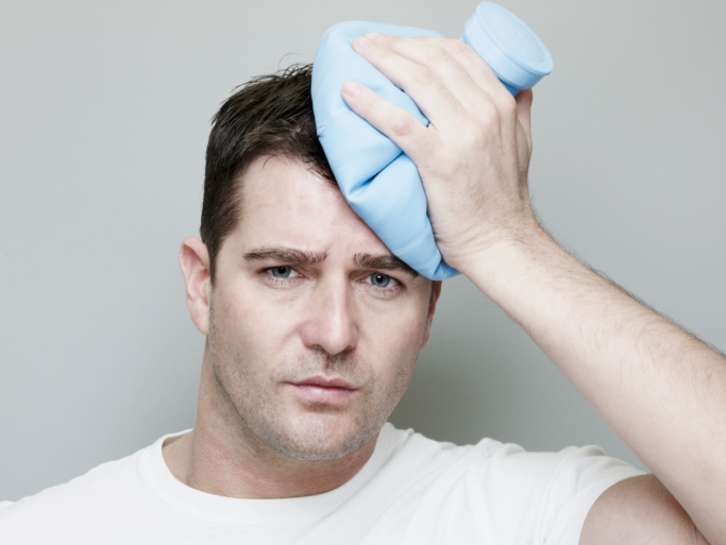Suffering from migraine attacks aren’t fun at all. The intense, sharp, throbbing pain is frustrating and even unbearable. It’s like a knife being plunged through the eyes or the head. While you can always pop some over-the-counter medications to relieve your migraine, they might cause side effects in the long run. Instead, why not try some of these 10 methods that may help to relieve migraine pain?
1) Certain Essential Oils May Help
Certain essential oils can be used to relieve throbbing pain due to migraines. This is especially true with the use of peppermint or lavender oil. But keep in mind that essential oils do not work like your average balm or medicated oil, where you can apply them directly to the triggered area. Essential oils are highly concentrated and if contact directly to the skin, it may cause various skin reactions. Which is why it’s important to dilute the essential oils in a carrier oil like olive oil and coconut oil before use.

2) Take An Epsom Salt Bath
Two words: magnesium sulfate. This is the main compound that helps to reduce stress and pain, making it beneficial for those who suffer from migraines. Add 2 cups or around 475 ml of Epson salt (you can easily get them in most major pharmacies) to the water in a bathtub. Then, soak your body for about 15 minutes to allow the magnesium sulfate be absorbed through the skin. A word of warning, though: refrain from using Epsom salt if you are diabetic, pregnant or allergic to sulfur.

3) Grab A Cup Of Hot Coffee
Good news for coffee lovers! Caffeine constricts blood vessels, which in turn, helps to reduce pain commonly associated with headaches and migraines. But that doesn’t mean you can hit a few cups of coffee each time you suffer from migraines. While caffeine may ease migraines, it has an adverse effect to worsen the pain. This typically happens if you consume too much or rely heavily on caffeine.

4) Eat Some Cherries
The next time you have a migraine, try munching some cherries. These tiny, round red fruits contain anthocyanins, a vital compound rich in anti-inflammatory properties that help to reduce pain. You may also get the same benefits by consuming tart cherry juice.

5) Consume Ginger Tea
Ginger isn’t just for treating an upset stomach or to relieve a cough. It can be useful for reducing pains associated with headaches and migraines. All you have to do is add 1/8 of a teaspoon of powdered ginger in a cup of hot water and drink it slowly. Alternatively, you can grate a ginger root and steep into hot water for 5 minutes before straining into a glass or a cup. Add honey (preferably, the raw type) or a squeeze of lemon if desired.

6) De-Stress In A Dark, Quiet Room
One of the common migraine triggers often has to do with sensitivity to light. But you may counter the migraine attack by retreating to a quiet, dark room. You can either choose to relax on the sofa or lie down on a bed.

7) Use Cold Or Hot Therapy
Cold therapy, which usually involves an ice pack, may help alleviate pain caused by headaches and migraines. The bitter coldness of an ice pack has a numbing effect, which may dull the throbbing sensation of a migraine pain. You can also try using a cold compress or a damp cloth placing over the eyes to relieve the pain. However, some people tend to react better to heat by applying a warm or hot compress.

8) Stay Hydrated
Did you know that dehydration can trigger a migraine? Which is why it’s important to drink more water or sports drink since it contains electrolytes to help replenish fluid in your body. But if you hate drinking water, you can make it taste better by adding some sliced cucumbers or citruses like lime and lemon.

9) Exercise Regularly
If you are prone to migraine attacks, it may help when you keep yourself physically active. That means try maintaining a regular schedule to perform sweat-inducing exercises like jogging or even taking a brisk walk. Exercise helps to reduce stress and produces a feel-good neurochemical in the body commonly known as endorphins, which elevates your mood at the same time.

10) Try Massage Therapy
Massage is one of the most popular treatments that help relieve stress and relaxes tense muscles. You can do so by rubbing your temples in a circular motion to stimulate blood flow and ease the pain.

https://www.facebook.com/tallypressmy/















